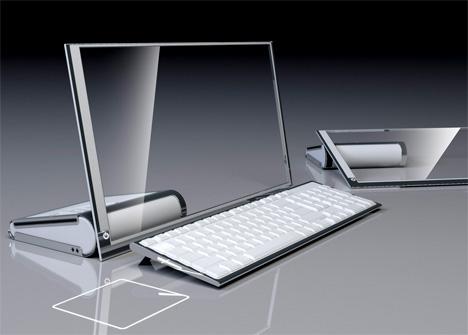We can’t imagine a world without computers today. Everywhere that we see, computers offer efficiency in operations, quick transactions, and the ability to store unlimited data. Computers are everyday things that we use. In smartphones, gadgets, toys, aircraft and so many others. In shopping malls, cinema theatres, gyms, restaurants, and hotels, computers are everywhere. Desktop Personal Computers, laptops, and tablets, are seen in every home.
But computers, when they were first evolving, were not the same as they are today. It took years for them to evolve, and every decade saw improvements in computing technology. Let’s have a look at how computers developed throughout history and also what the future is.
First Generation Computers
Computers have come a long way since their inception in the 1940s. Back then, between the period 1940 to 1956, First Generation Computers were staggeringly big and ran on steam engines! They relied heavily on magnetic drums for storage and vacuum tubes as switches/amplifiers – which produced considerable amounts of heat requiring coolers to regulate them. To program these beasts, machine language was used – although rudimentary by today’s standards it was groundbreaking at the time.
Second Generation Computers
The Second Generation of computers was a quantum leap in computer technology between 1956 to 1963. Upgrading from the bulky, power-hungry vacuum tubes of First Generation machines to smaller, more efficient transistors allowed for improved performance and reduced energy consumption.
The memory base moved away from simply magnetic storage and incorporated core memories, leading to less heat production while simultaneously improving speed capabilities. With this new advancement in size came an increased capacity for automation that had never been seen before – paving the way for even more significant advancements yet still unknown!
Third Generation Computers
With the introduction of computers between 1964 and 1971, a technological revolution was born! Taking leaps compared to previous generations in terms of speed, storage capacity, and size – semiconductor chips or integrated circuits played an integral role. For the first time ever, users could interact with their computing devices through keyboards as well as mouses. This marked a true game-changer for humanity’s relationship with technology – speeding up progress faster than we’d believed possible until then!
Fourth Generation Computers
The Fourth Generation of Computers, spanning from 1971 to 2010 brought about the exciting introduction of Personal Computers or PCs. Altair 8800 marked a groundbreaking moment in technology- these powerful computers required assembly before use and featured Intel 4004 chips with millions of transistors – heralding an unprecedented era for computing capabilities!
Fifth Generation Computers
Computer technology is undergoing a tremendous transformation with unprecedented advances. We can only imagine the possibilities that quantum, AI, and nanotechnology offer for computing power! What we are witnessing today in computer development will surely be just a taste of what’s to come – an exciting time ahead as computers enter into new-age technologies.
Future of Computers
What does the future hold for computers? We may be surprised to see how much has changed from today! There could be no physical machines as we know them – instead, advanced computing systems might fit within our bodies or on a piece of jewelry. Humans will continue to control these technologies though; this is something that isn’t likely to change in what lies ahead!
The future is here! Robotic systems are rapidly evolving and computers have become an integral part of our lives, providing us with a more luxurious lifestyle. Breakthroughs in many domains such as science, technology, and biotechnology continue to revolutionize the capabilities of computer-based technologies – making futuristic dreams a reality.
Imagine a future where your home is brimming with possibilities thanks to the Fifth Generation of Computers. We’re already seeing glimpses of these devices in action today, providing us with sleek and integrated systems that allow for unprecedented control over our electronic equipment. As technology continues to evolve, humanity can unlock countless potential opportunities through this remarkable generation of computers!

 SkillClick
SkillClick
